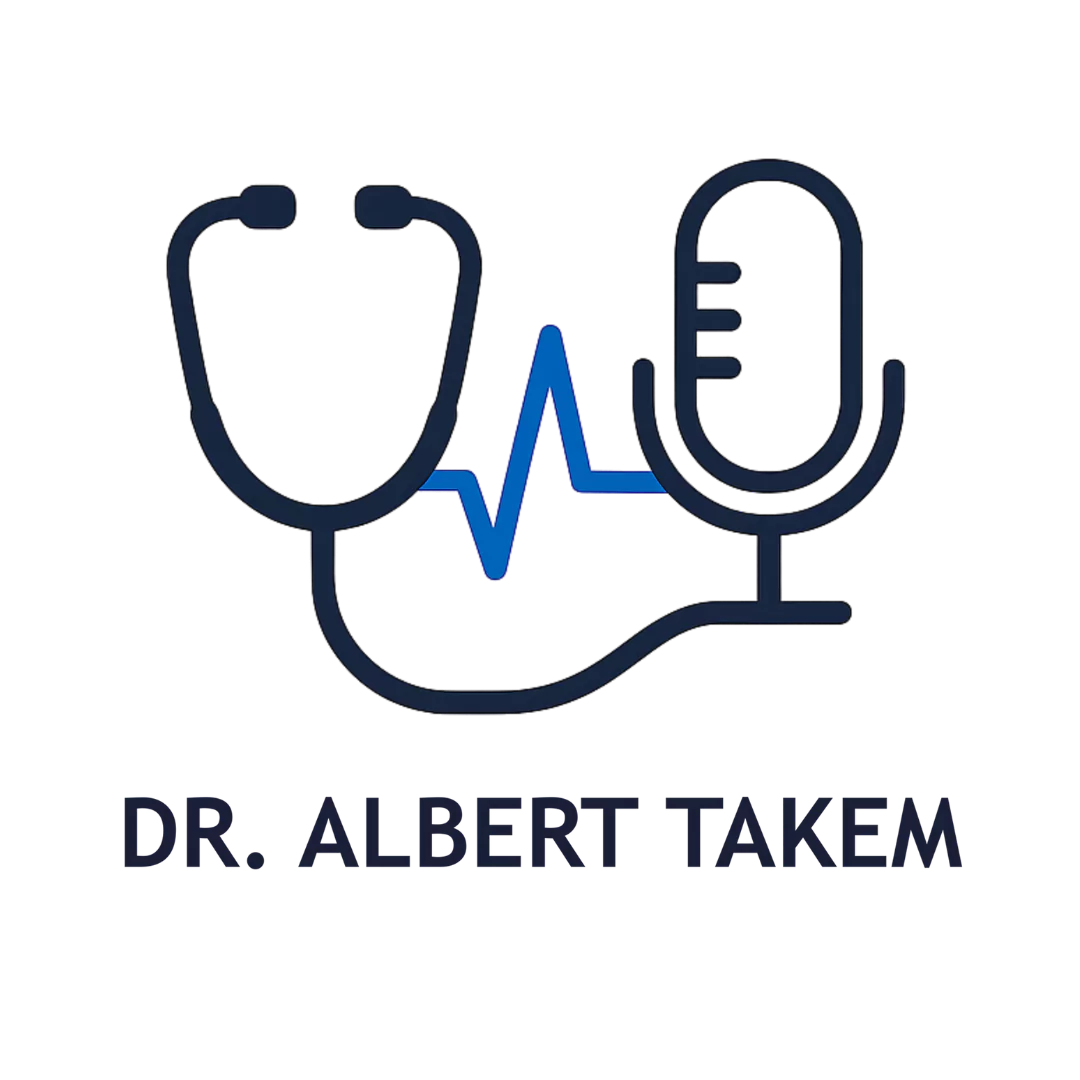Listeners:
Top listeners:
-
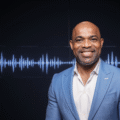 play_arrow
play_arrow
I Treated 1,000 Statin Patients: The Liver Damage Myth Is False
-
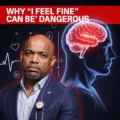 play_arrow
play_arrow
Why 'I Feel Fine' Can Be Dangerous
-
 play_arrow
play_arrow
Why 'I Feel Fine' Can Be Dangerous
-
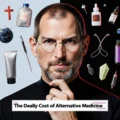 play_arrow
play_arrow
Could Steve Jobs Have Survived Pancreatic Cancer? MonamiTeam
-
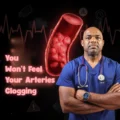 play_arrow
play_arrow
The TRUTH About STATINS Doctors DON'T Want You To Know
-
 play_arrow
play_arrow
The TRUTH About STATINS Doctors DON'T Want You To Know
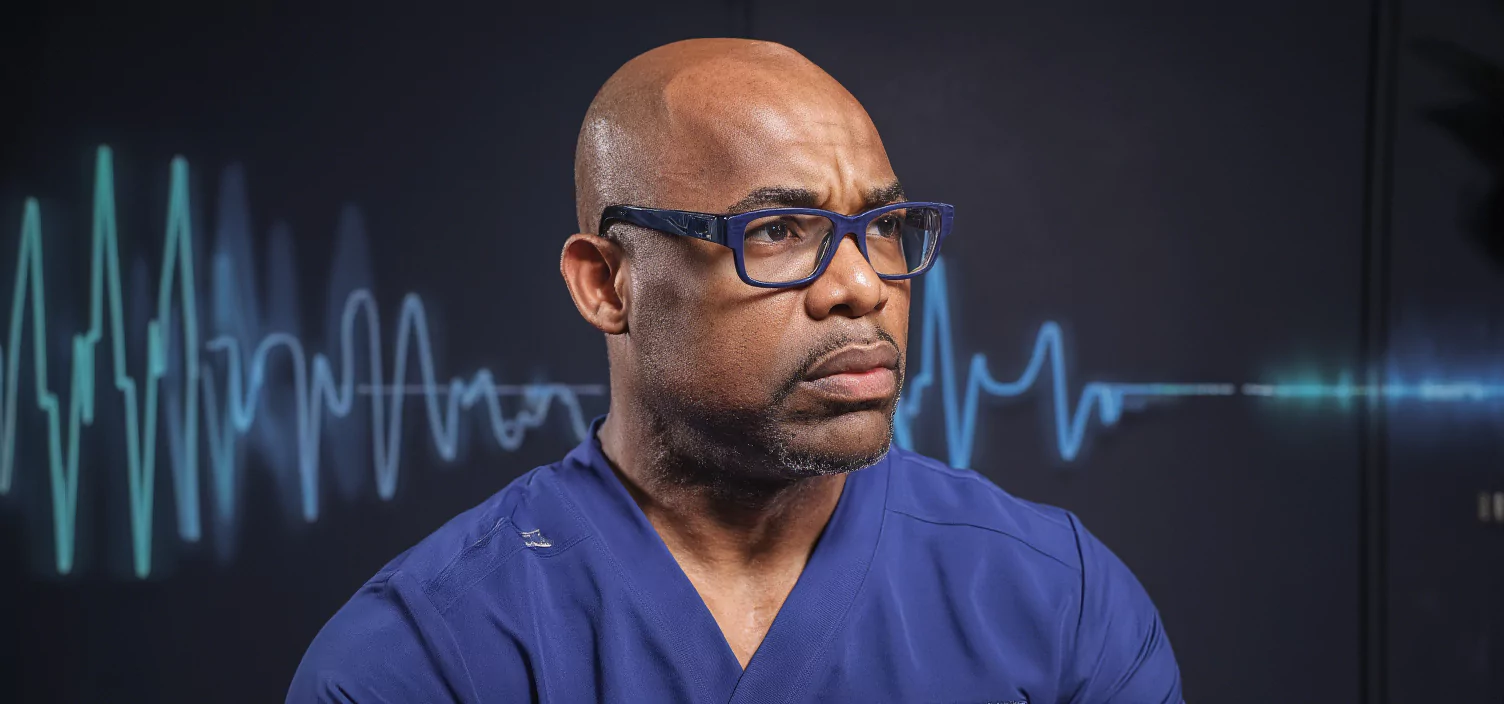
Silent Killers: Why Stroke Prevention Starts Today
Stroke MonamiTeam November 2, 2022
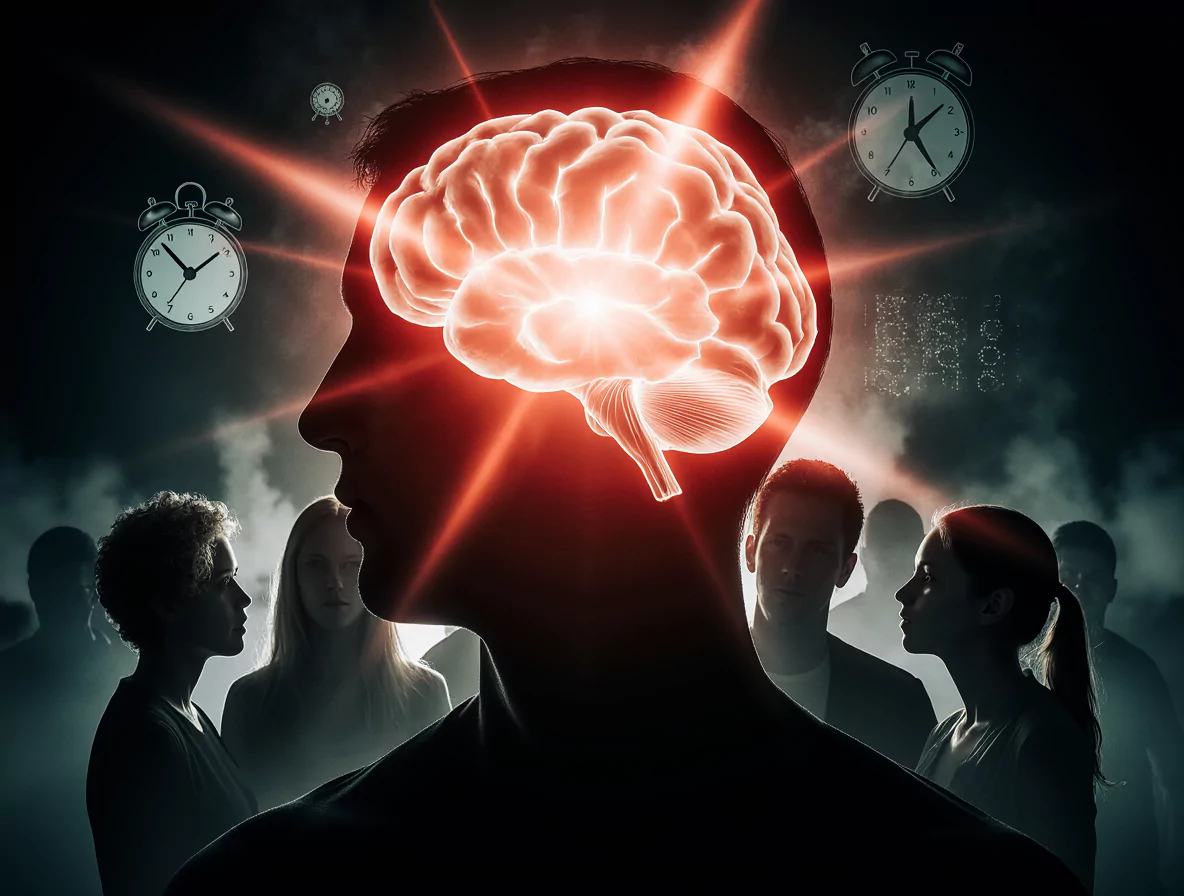
Introduction
Stroke is often called a silent killer—a condition that can strike without warning, leaving lifelong disability or even causing death. Despite its devastating potential, stroke is largely preventable, and when caught early, outcomes can dramatically improve. Yet too often, warning signs are ignored, lifestyle changes are delayed, and the urgency of prevention is underestimated. This article highlights the warning signs most people overlook, the lifestyle shifts that lower risk, and why immediate action is the difference between survival and tragedy.
1. Stroke: The Scope of the Crisis
-
Every year in the United States, more than 795,000 people suffer a stroke, with around 610,000 experiencing their first one (CDC).
-
Someone in the U.S. has a stroke every 40 seconds, and someone dies from a stroke every 3 minutes and 14 seconds (CDC).
-
Once seen primarily in older adults, stroke rates among 18–44 year olds rose by nearly 15% in the last decade (GlobalRPH).
These figures underscore a reality: stroke is not just an older adult’s disease. It’s a universal threat that requires vigilance at every age.
2. Warning Signs People Ignore
Most strokes occur when blood flow to the brain is blocked (ischemic stroke) or when a blood vessel bursts (hemorrhagic stroke). Regardless of type, symptoms often appear suddenly. Recognizing them early can save lives.
The most reliable tool is the B.E.F.A.S.T. acronym:
-
B – Balance: Sudden dizziness or loss of coordination
-
E – Eyes: Sudden blurred or lost vision
-
F – Face: Facial droop or uneven smile
-
A – Arms: Weakness or numbness in one arm
-
S – Speech: Slurred or strange speech
-
T – Time: Call 911 immediately
Adding Balance and Eyes expanded the traditional FAST checklist, helping identify strokes in areas of the brain that were often missed (Verywell Health).
Another overlooked red flag is the Transient Ischemic Attack (TIA), often called a “mini-stroke.” Symptoms may last only minutes, but a TIA is a critical warning: about 1 in 3 people who experience one will later have a stroke, sometimes within days (Stroke.org).
3. Why Early Action Is Critical
Stroke treatment is a race against time.
-
For ischemic strokes, clot-busting drugs (thrombolytics) are most effective if given within 3–4.5 hours of symptom onset (American Heart Association).
-
In some cases, doctors can perform a thrombectomy, physically removing the clot, but only if the patient arrives at the hospital quickly.
-
Research shows that someone having an ischemic stroke loses about 2 million brain cells per minute. Treatment within 90 minutes gives a 90% chance of recovery without major disability; after three hours, that drops to 20–25% (Verywell Health).
The message is simple: time lost is brain lost.
4. Lifestyle Changes That Save Lives
A. Control the Major Risk Factors
-
High blood pressure is the leading cause of stroke, yet nearly half of U.S. adults with hypertension don’t know they have it (CDC).
-
Smoking doubles the risk of stroke.
-
Diabetes and high cholesterol accelerate blood vessel damage, raising stroke risk dramatically.
-
Atrial fibrillation (AFib) increases risk fivefold by allowing clots to form in the heart and travel to the brain (Heart.org).
B. Adopt Protective Habits
-
Following a Mediterranean diet—rich in fruits, vegetables, olive oil, and fish—reduces stroke risk by up to 30% (AP News).
-
Even 10 minutes of brisk walking daily lowers risk significantly.
-
Limiting alcohol, maintaining a healthy weight, and reducing chronic stress all contribute to prevention (WTH.org).
5. The Silent Rise of Stroke in Young Adults
Recent reports highlight an alarming increase in stroke among young people, fueled by poor diet, sedentary lifestyles, and rising rates of obesity and hypertension.
-
A 39-year-old woman in New York described how she dismissed early symptoms—mild dizziness and numbness—only to later discover she had suffered a stroke. Intensive therapy helped her recover, but she emphasized how quickly it happened and how important awareness is (NY Post).
Younger adults often underestimate risk, assuming stroke is “an older person’s problem.” The reality proves otherwise.
6. Prevention Is Year-Round
Prevention isn’t a campaign for Stroke Awareness Month—it’s a lifelong commitment. Key actions include:
-
Learn BE FAST and teach it to others.
-
Get annual checkups—monitor blood pressure, cholesterol, and blood sugar.
-
Adopt daily movement—even short walks protect your arteries and brain.
-
Quit smoking and limit alcohol intake.
-
Take TIAs seriously—never ignore a “mini-stroke.”
-
Share knowledge—family and coworkers may notice symptoms before you do.
Conclusion
Stroke is one of the world’s deadliest yet most preventable conditions. It doesn’t discriminate by age, gender, or background—and it doesn’t wait for you to be ready. But knowledge is power. Recognizing warning signs, acting fast, and making healthy choices today can mean the difference between a full life and permanent disability.
Silent killers thrive in the shadows of ignorance. By shining light on prevention and action, lives can be saved—not someday, but today.
Sources & Further Reading
Search
Latest tags
Blog News
Premium Podcasts
We tackle the health topics no one else wants to touch
—From obesity and high blood pressure
—To emotional eating and medication resistance
—To cultural myths that keep people sick
My mission is to deliver evidence-based truth—no sugarcoating, culture-aware, and guided by medicine.
Popular Links
© Dr Albert Takem
